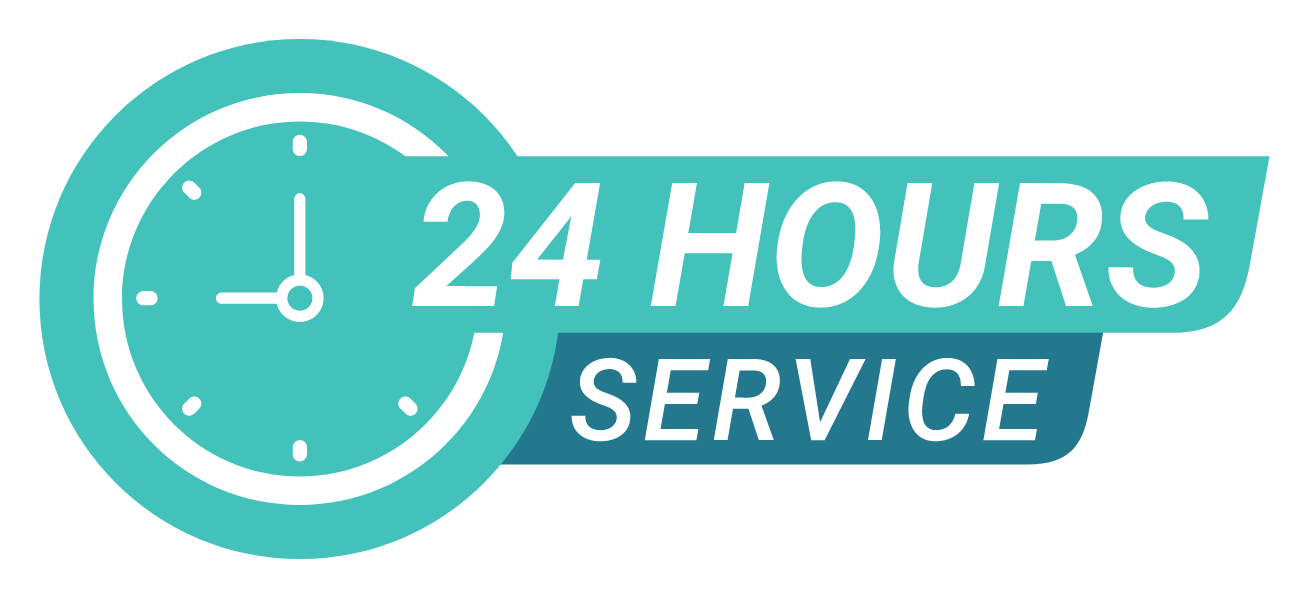When disaster strikes, such as water damage caused by a cracked hot water heater, having a clear understanding of the property insurance claims process is essential. Whether you’re a homeowner or managing properties, knowing how to navigate this process can help mitigate stress and ensure you receive the compensation you need, and deserve.
What is a “covered loss”? Check out our recent article explaining how carriers determine if your loss is covered, and why it’s important to check your policy annually to ensure you have the coverage you need. Read now »
Step 1: Damage Discovery
Imagine you walk into your basement and discover that your hot water heater has cracked, and now over 50 gallons of water are flooding your basement. What do you do first?
- Call a Plumber: Your first step is to fix the water source. Contact a licensed plumber to come out and fix the issue. Ensuring that the source of the water is stopped will prevent further damage.
- Call Tri State Restorations: Once the immediate cause is addressed, the next step is to call a trusted water damage recovery company, like Tri State Restorations to ensure your property is brought back to a dry standard. Our team is typically on-site within 90 minutes to begin drying out your property, preventing secondary damages such as mold, microbial growth, and structural issues.
Step 2: To File a Claim or Not to File a Claim?
We advise that you do not file an insurance claim until professionals are on-site. Here’s why:
- It May Not Be Necessary to File a Claim: Sometimes the damage may be minor enough that it doesn’t warrant filing a claim that could affect your policy. We’ll assess the situation thoroughly and provide you with our recommendations so that you can determine what’s best for you and your property.
- Clear Communication with Insurance Adjusters: If you decide to file a property damage claim, you can feel confident knowing that our IICRC certified team are experts in working with insurance carriers and their teams. We’ll help guide you through the claims process, ensuring all necessary information is communicated accurately and clearly.
Step 3: Triage and Scope of Work Development
Much like going to the hospital for an emergency, our team performs an immediate triage and damage assessment. We evaluate the severity of the water damage and determine the best course of action to bring your property back to a dry standard.
At this stage, we take a deep dive into determining what exactly needs to be done to restore your property to its pre-loss condition. The scope of work includes:
- Identifying Affected Areas: We’ll assess all affected areas and determine the scope of work required to bring your property back to a pre-loss state.
- Salvageable vs. Unsalvagable: Our team will then assess the different types of building materials to determine salvageability.
- Planning the Restoration Process: We create a detailed plan for the drying process, including the necessary equipment and timeline.
- Choosing Equipment: We’ll then deploy the necessary equipment, including fans, dehumidifiers and specialized drying and air quality equipment.
- Drying Plan: Our team creates a comprehensive plan for drying out your property to prevent secondary damage like mold or microbial growth.
Step 4: Documentation and Photos
Our team will take hundreds of photos throughout the process—from the initial damage to the final restoration. These photos will be critical for your insurance claim.
Dry Logs: In addition to photos, we provide a “dry log.” This is an essential administrative task that documents the drying process over the course of the 72 hours, which insurance carriers require to confirm the property was properly dried. Why 72 hours? The science of evaporation shows that most building materials will dry within 72 hours if mitigated properly.
Estimates: Insurance carriers typically ask for an “estimate,” which is essentially a detailed billing package. We will provide this comprehensive document once the emergency restoration is complete, along with all relevant documentation needed to process your claim.
Step 5: Filing the Claim
Now that the scope of work and necessary documentation are in place, it’s time to file your claim. While our team helps you communicate effectively with your insurance carrier, the process still requires your assistance and continued attention because you are the insured and their customer.
Advocating for Your Claim: It’s essential to actively advocate for your claim. Ensure you are clear about the damages, restoration process, and the scope of the work completed. Keep all receipts, records, and photos organized for your reference.
Step 6: Understanding Public Adjusters vs. Field Adjusters
A Public Adjuster is an independent professional who advocates on your behalf to ensure that your insurance settlement is fair. They charge a fee but can assist in ensuring you get the maximum payout.
A Field Adjuster is an insurance company employee or contractor assigned to assess the damage. They work for the insurance company and may not always prioritize your best interests.
Step 7: Post-Mitigation Carrier Negotiations
Once mitigation work is complete, your claim moves to the negotiation stage. Our goal at Tri State Restorations is to ensure that you get the most value from your policy while minimizing out-of-pocket costs.
Carrier Negotiations: Our team works with the insurance company to ensure that the settlement covers as much of the restoration cost as possible. We have experience in negotiating with insurance companies and advocate for our customers to keep their out-of-pocket costs as low as possible.
Final Thought: Annual Policy Review
It’s important to review your insurance policy annually with a licensed agent. This ensures that you have the coverage you need when you need it most. Policies can change, and your coverage needs may evolve—especially if you’ve made home improvements or moved into a new property.
A proactive review with a licensed agent helps you stay ahead of potential coverage gaps and ensures that you have the necessary protection when disaster strikes.
At Tri State Restorations, we are more than just a restoration company—we are your trusted partner in Turning Disaster into Peace of Mind®. With years of experience and a commitment to excellence, we are here to help you navigate the complexities of the insurance claims process and restore your property to its original condition. When you encounter damage, don’t wait—turn to the company known for its fast, reliable service and customer-focused approach. We are available 24/7 because disasters never wait.
Call us day or night at 866-818-1949 to get the help you need, when you need it most.
Sharing is caring!







